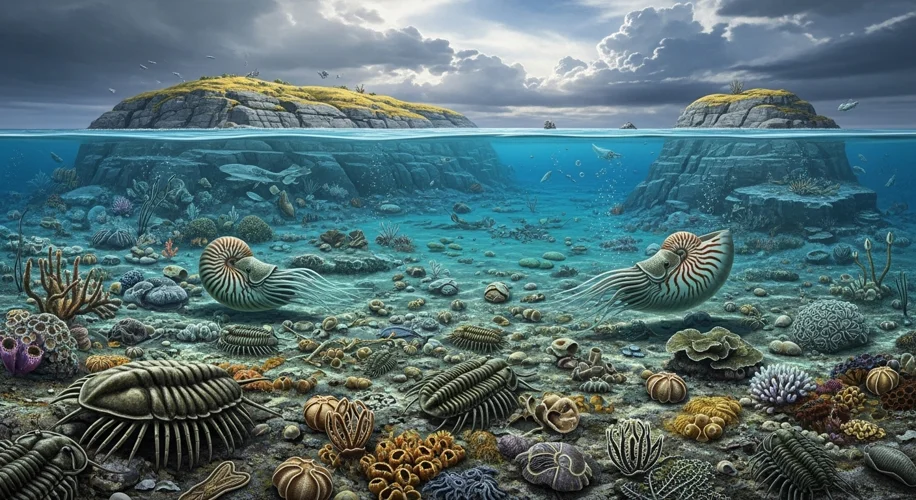Did you know that Earth has gone through several “icehouse” periods, where large ice sheets covered parts of the planet? These dramatic climate shifts have shaped life as we know it. Today, I want to dive into a fascinating new study that’s challenging our understanding of one of these ancient climate events: the Late Ordovician extinction.
This extinction, which happened around 443 million years ago, wiped out a huge chunk of life on Earth. For a long time, scientists thought the planet was cooling down before and during the extinction event, which then triggered the massive die-offs. Think of it as a gradual freeze that pushed many species over the edge.
But new research, looking at incredibly old climate clues from Anticosti Island in Canada, suggests something different. The scientists studied oxygen isotopes in ancient marine fossils. Why isotopes? Well, the ratio of different oxygen isotopes in ancient sea creatures’ shells and teeth can tell us a lot about the ocean temperatures and the amount of ice on the planet at the time they lived.
What they found was surprising: the peak of the cooling, and the growth of those big ice sheets, might have actually happened after the main extinction event had already occurred. This flips the script on the cause-and-effect relationship we previously assumed.
This is important because it helps us refine our models of past climate change and its impact on life. Understanding how ecosystems respond to rapid climate shifts, even millions of years ago, gives us valuable context for the climate challenges we face today. It’s like looking at historical weather patterns to better predict future storms.
This research highlights how dynamic our planet’s climate truly is and how scientific understanding evolves with new data. It’s a reminder that the past holds keys to understanding the present and future. We’re still piecing together the complex story of Earth’s climate history, and every new discovery adds another crucial detail to that picture.
What does this mean for us? It reinforces the idea that climate change, whether happening naturally over millions of years or more rapidly due to human activity, has profound consequences for life on Earth. By studying these ancient events, we gain a deeper appreciation for the delicate balance of our planet’s climate systems and the importance of protecting them.

